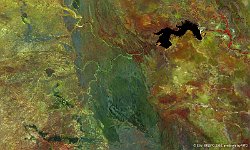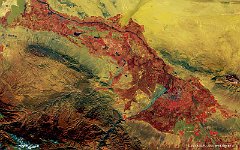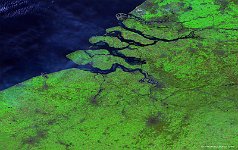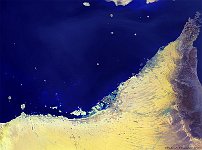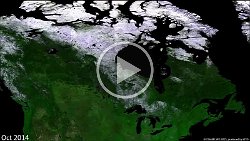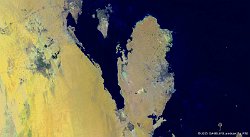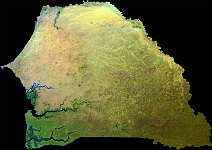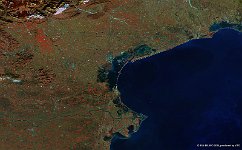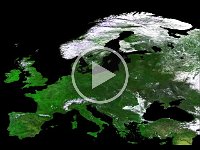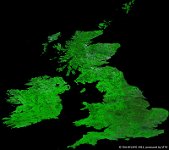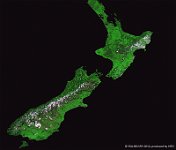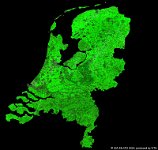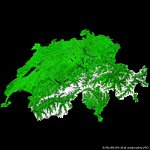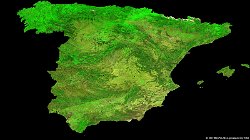52 / 72
North American Winter Season
Shown is the North-American 2014/15 winter season, with an animation of PROBA-V 300 m 10-day syntheses. The 2014/15 winter season divided the North-American continent into two, with mild temperatures and little precipitation in the western United States and Canada, while the mid-western and eastern parts experienced the coldest winter since decades (source: NOAA). The cold spells were frequently accompanied with severe snow storms, mostly concentrating on the East Coast regions. For example, Boston City was struck by four of those storms in a month, with snow accumulating to almost 2 m.
The animation shows a nearly green continent during October 2014, but from mid-November onwards several regions, especially east of the Rocky Mountains, are regularly snow-covered, a situation that persists until the last image of February 2015. In contrast, western US and Canada remain mostly snow-free during the winter season.
Date: 2014/2015
Resolution: 300m
